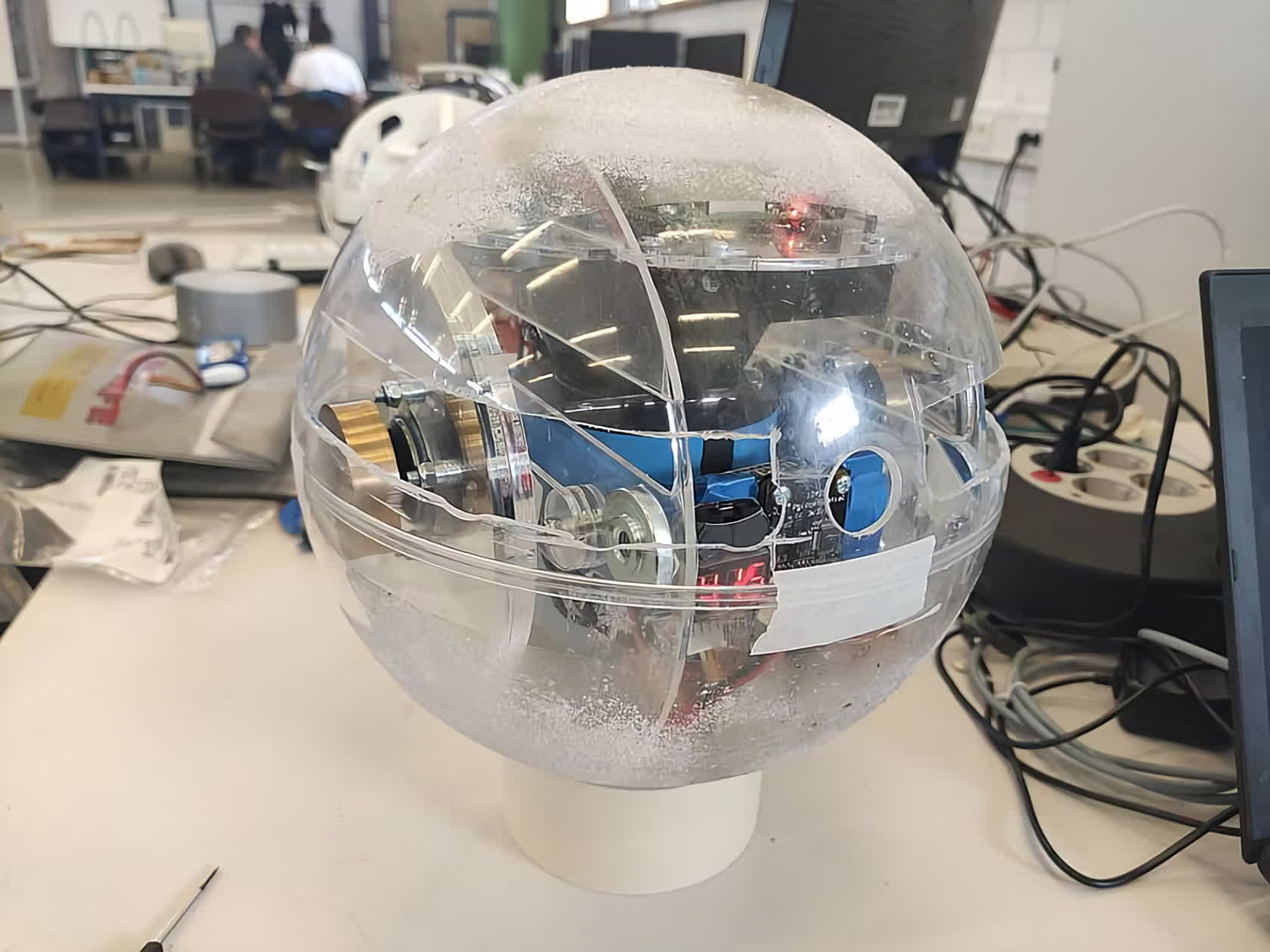Space exploration: We know a lot more about our solar system now than we did a few decades ago, but our knowledge is still incredibly limited overall. For example, we know almost nothing about what's below the surface of one of our closest planetary neighbors: the Earth's trusty Moon. Fortunately, a team of German researchers are already on the case: they've developed DAEDALUS, a spherical robot designed to explore "underground lava tubes" on the Moon.
Using tech like LiDAR, "stereo camera vision," and locomotion subsystems with additional "auxiliary housekeeping sensors," DAEDALUS will someday create and map 360-degree, 3D models of the inside of the Moon's lava tubes.
The goal of this project would be to determine the resources and conditions available in these "subsurface corridors." If radiation and temperature levels are stable enough, researchers say exoplanetary base-building and perhaps even human settlements could be "within our grasp."
That'd certainly be an exciting prospect – the Moon is considerably closer to us than Mars, after all. While the latter would still be the ideal off-planet home for humanity, there's no harm in looking for closer alternatives.
DAEDALUS can be lowered below the Moon's surface (through a lava tube) manually, and then left to roam free. While it's in this "Rolling Mode," it will use long spindles extending from either side to traverse the terrain. If it runs into any larger obstacles, these spindles can extend to give the bot some extra height, allowing it to roll past smoothly.
The research team behind the DAEDALUS has already sent the prototype over to the European Space Agency, but it's unclear when (or if) it will be sent on a mission.
